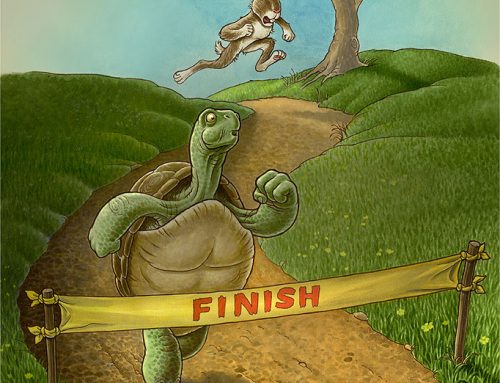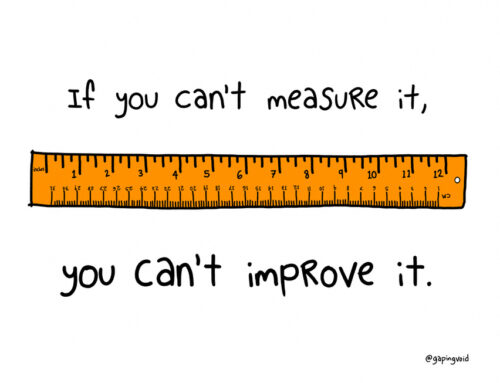The Elephant and the Rider
February 23, 2017
Categories: Change
We like to think we navigate through life in a reasonable, logical manner, using our brains to make rational decisions. But often this isn’t the case. Jonathan Haidt argues instead that we are like an elephant and a rider. The elephant is the emotional, automatic, and irrational side of us. The rider is the analytical, controlled, and rational side of us.
The rider might do some thinking and analyzing and decide— “I want to go that way.” For example, the rider might decide you need to get healthier, and think about an exercise and diet program to try.
But it’s the elephant, which represents the emotional side of you, that provides the willpower to actually make the change the rider decides on. If the elephant isn’t on board with the change, the rider can try to lead, push, or even beat the elephant into submission, but it won’t work. The elephant isn’t going to move.
Chip and Dan Heath, in their book Switch, use Haidt’s model of the rider and the elephant to outline a plan for behavior change. In order to get the rider and elephant moving in the same direction, they argue you need to do three things:
- Give direction to the rider. This is the knowledge part of the equation. You need information for what you need to do to get where you want to go. For example, if you want to improve your health, it would be helpful to meet with a personal trainer or nutritionist to develop a workout and eating plan that will help you reach your goals.
- Motivate the elephant. This is the emotional part of the equation. You need to increase your motivation to change, which involves tapping into your emotions. Continuing the health improvement example, what motivates your health goals? What emotions does this change tap into? For example, perhaps you want to be active in order to play with your kids and grandkids, which taps into the emotions of happiness and tenderness. Maybe you want to get in shape to attract a romantic partner, which taps into the emotions of happiness and excitement. Get in touch with your emotions that motivate your change.
- Shape the path. This is the external circumstances part of the equation. You need to adjust your surroundings to make your change as easy as possible. Continuing the health improvement example, take a look at your current environment. Is there anything about your environment that is working against your goal? For example, you might throw out all the junk food in the house, or schedule workouts with a friend to keep you accountable.
Next time you are trying to change something in your life, consider all three components: the rider, the elephant, and the path. How can you work to get all three components working in the same direction?
Related Thoughts

Subscribe To My Newsletter
Join my mailing list to receive the latest blog posts.
Receive my e-book “The Mental Health Toolkit” for free when you subscribe.





